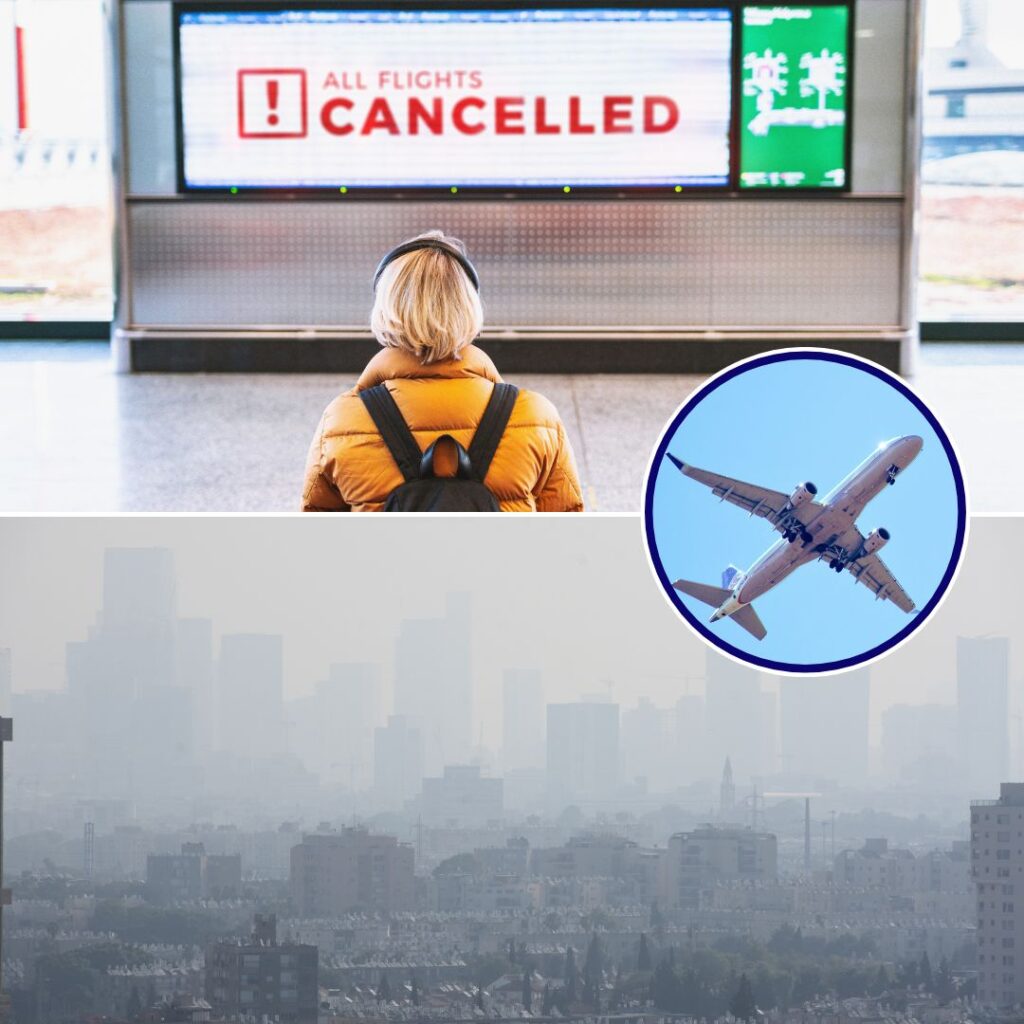Globally, COVID-19 pandemic has shattered the economy, affecting livelihoods. In India, the unprecedented reverse migration has left 122 million Indians jobless and the CMIE report (Centre for Monitoring Indian Economy) states that 75 per cent of them are daily wage workers and small traders.
The latest World Bank report says 12 million Indians are high risk of extreme poverty defined as living on less than $1.90 a day.
With the growing poverty and livelihood crises, millions of children are at the risk of being engaged in the workforce in both rural and urban settings. Migrants and their children who fled urban cities may have existing debts or poor household vulnerabilities which can push them to opt for loans to survive.
Such a situation will lead them into bonded labour or face abuse and exploitation. Consequently, when urban cities fall short of migrant labour, families and children living on streets and slums become more vulnerable, triggering major child-labour practices in urban settings. The economic slowdown has already increased poverty levels among rural informal workers and reverse migration may hold back these informal workers to their agricultural livelihood.
Children of migrant families could get engaged in agriculture, harvesting and other small scale family enterprises, resulting in the misuse of 2016 Amendment of Child Labour Law that allows children up to 14 years of age to work within a family-run enterprise. This will undoubtedly have a more negative impact on children’s daily routine and their well-being could be affected.
The current and post COVID-19 situation poses tough challenges for India’s commitment to end all forms of child labour by 2025 under the Sustainable Development Goal – SDG 8.7. Child labour in India had seen a decline (by 2.6 million) between 2001 and 2011. However, there are still 10.1 million children who need to be freed from all forms of child labour and it a far milestone needs to be reached despite challenging economic and livelihood crises.
Besides poverty and livelihood crises, the recent amendments in labour laws by states like Uttar Pradesh, Gujrat, Rajasthan, Himachal Pradesh and Punjab in coronavirus pandemic could be the major hindrance to end child labour in India.
At least seven states have raised working hours from 8 to 12 hours, with no factory inspection for 3 months, and no inspection of firms with less than 50 workers. The least accountability and monitoring mechanism under these changed labour laws will further increase child labour, and children who are directly or indirectly engaged as child labour in industries, supply chain could be at high risk of abuse and exploitation.
What social workforce groups can do?
Since poverty percentage is rising in current crises and it is certainly the greatest single force driving children to work in India. Social protection is the most viable solution to save lower and below poverty section of society from sinking to an acute line of poverty.
India’s social –protection programs mainly focus on insurance, pension, health, housing and education. In the current crises, the existing social protection system has not been able to respond as a support system, it did not protect the livelihood of daily wage labourers who are always at the threshold of poverty.
Effective advocacy measures should include a higher budget allocation to social protection and new ways to scale up social protection among 75% informal workers who are currently affected.
Expanding social protection among labour class will strengthen household income and it will help in reducing poverty and directly contribute in the well-being of children. Additionally, the government has to ensure that child labour laws are in line with international labour conventions and that such laws must be enforced through regular inspections.
Protection of Children from Child Labour, now more than ever is the 2020 theme of World Day Against Child Labour. To stand committed on this theme especially in the current livelihood crises demands a strong strategy that can protect vulnerable children from resorting to child labour practices.












